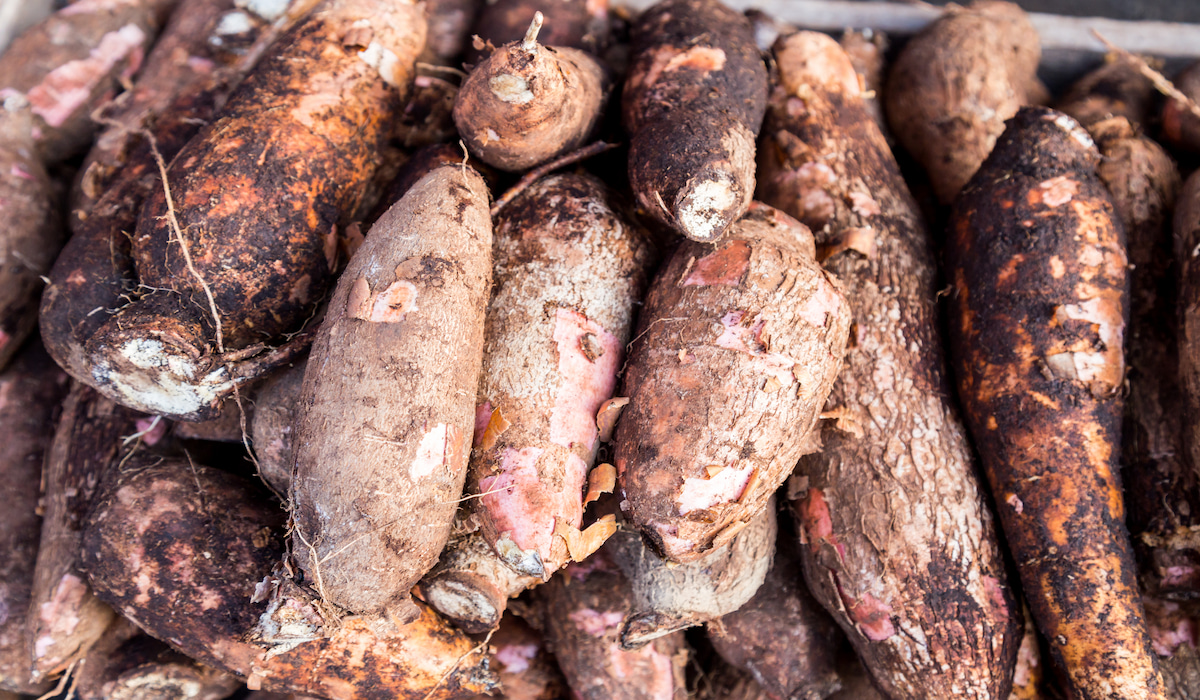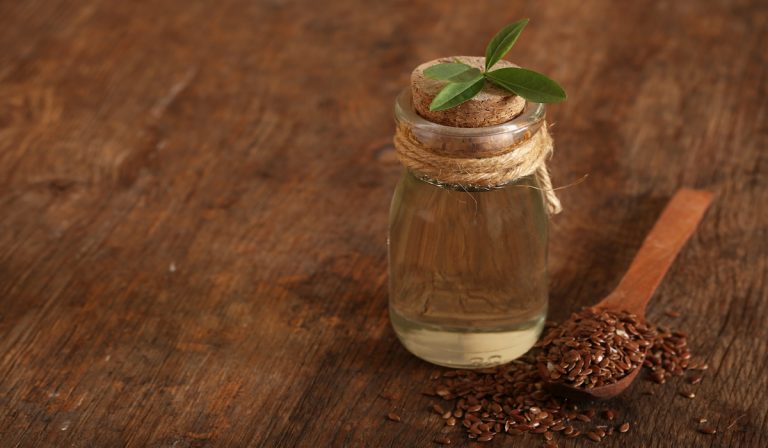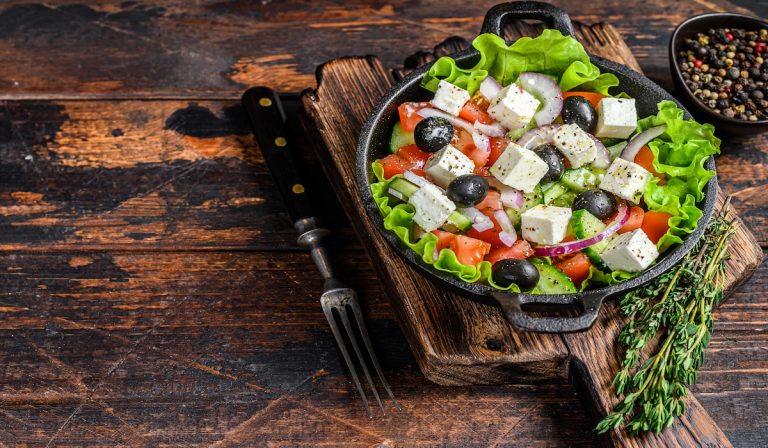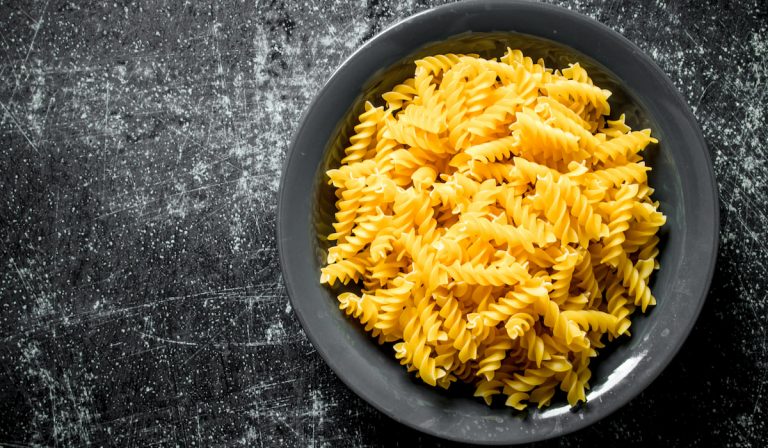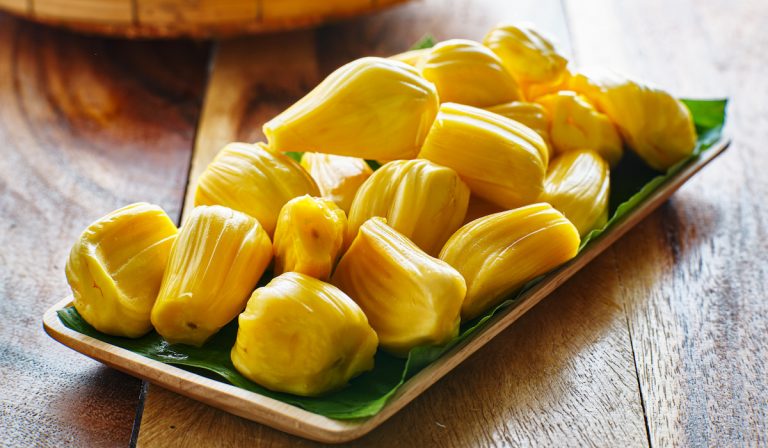Is Tapioca Paleo? (All You Need to Know)
When most people think of tapioca, the first thing that probably comes to mind is pudding.
This starch, which is created during the extraction process of the cassava root, has far more uses than dessert. Tapioca works as a thickening agent and can be used in several different types of cooking. It is a popular alternative to corn starch and enriched flour in baking and can be mixed in to thicken gravy.
But is this versatile starch paleo-friendly, or do we have to remove it from our diet?
Well, technically speaking, tapioca checks all the boxes to be paleo-friendly. So if you are wondering if you can eat it while on the paleo diet, that answer is a hesitant yes, which I will explain below.
To cover why tapioca can often be controversial in the paleo diet, we will be going over everything related to this strange starch, from the cassava root it comes from to its uses in a paleo kitchen!
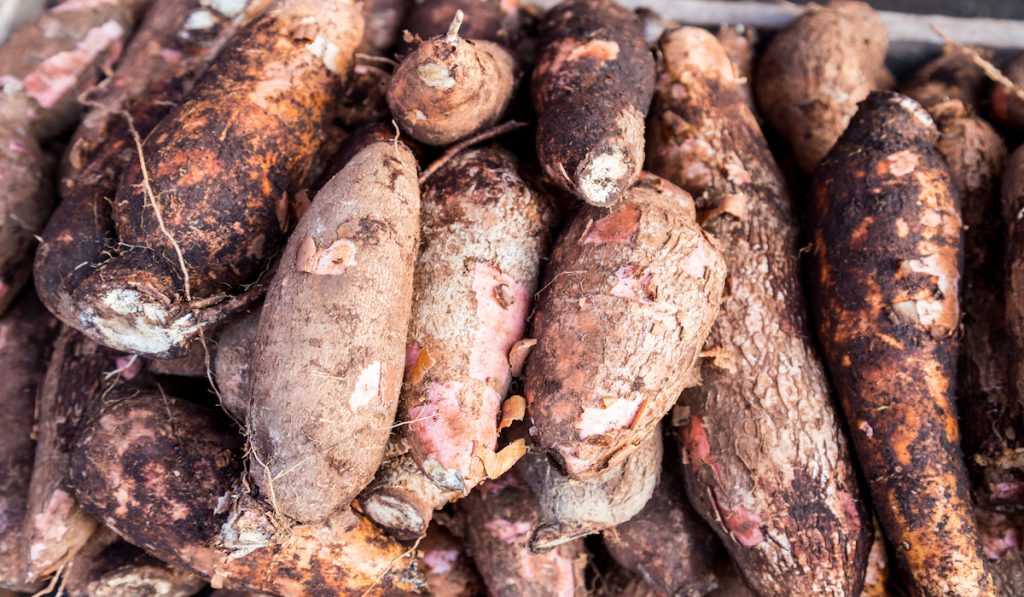
What is Tapioca, and How is it Paleo?
Tapioca is a by-product of the cassava root, which is found submerged in the soil beneath cassava shrubs.
Cassava roots were first used by South American tribes near the Amazon River but found their way to soldiers in the Second World War. Nowadays, this lesser-known root vegetable has gone global and can be found in dozens of countries worldwide.
Cassava root is valued for its calorie density, as well as its versatile ability to double as flour, starch, dessert, and even chips.
Tapioca is the starch found within this useful South American vegetable, which is extracted as a powdery flour, contrary to our personal experience of it being a delicious dessert.
Tapioca flour can be used to thicken things, from sauces to gluten-free bread, and is now a vital part of restrictive diets, as well as several dishes found throughout the Southern Hemisphere.
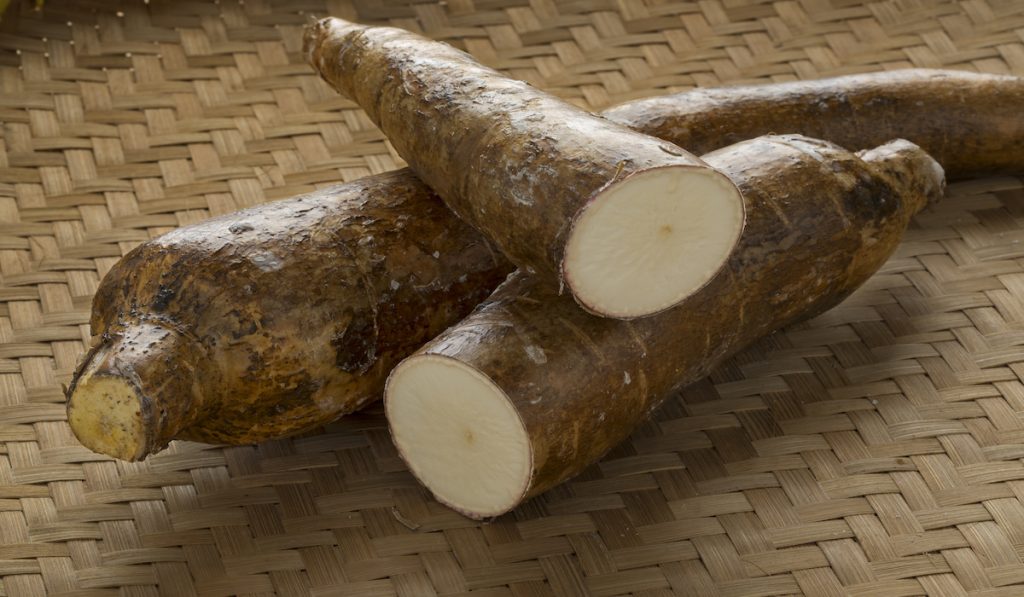
While tapioca is commonly considered an approved starch for the paleo diet, several experts warn that you should utilize moderation with this cassava extract.
Due to its minuscule protein density, as well as low amount of nutrients overall, it doesn’t seem to aid paleo people much in their required nutrients.
So while tapioca technically is greenlighted if you so desperately desire it, it seems that more and more nutritionists are throwing an asterisk next to that approval.
Whether tapioca is paleo is highly contested, and research suggests most people are torn on this debate, stating that while cassava may be paleo, the flour itself is not. As time carries on, tapioca itself may not be considered paleo-friendly.
If you do decide to include tapioca into your daily food groups, you will want to make absolutely certain that you are countering that with a healthy amount of protein in your other food choices. Tapioca and cassava eaten exclusively could eventually lead to protein-energy malnutrition, which accounts for 250,000 deaths annually.
If you do intend to use tapioca, it would be best used as an aid to replicate something you can’t have in the paleo diet, like bread or even desserts. It should not be used as a complete meal, despite the usefulness of cassava root in low-income countries.
However, as long as you use it in moderation and realize that it is relatively useless for nutrient requirements, you should be fine to toss it into a meal every now and then.
What to Use Instead of Tapioca
If you do want to learn paleo-friendly ways to recreate guilty-pleasure meals or treats, then look no further!
These starches are good for “cheat meals” that don’t cheat on your diet, and there is no shortage of variety when it comes to baked goods utilizing more paleo-friendly flour.
So the next time you feel that burning desire for dessert, make it with these flours instead!
Some paleo experts may recognize tapioca flour as paleo-friendly, but due to the universal disdain for its lack of nutrients, I will be going into better alternatives that are more universally agreed upon as suitable paleo foods.
Cassava Flour
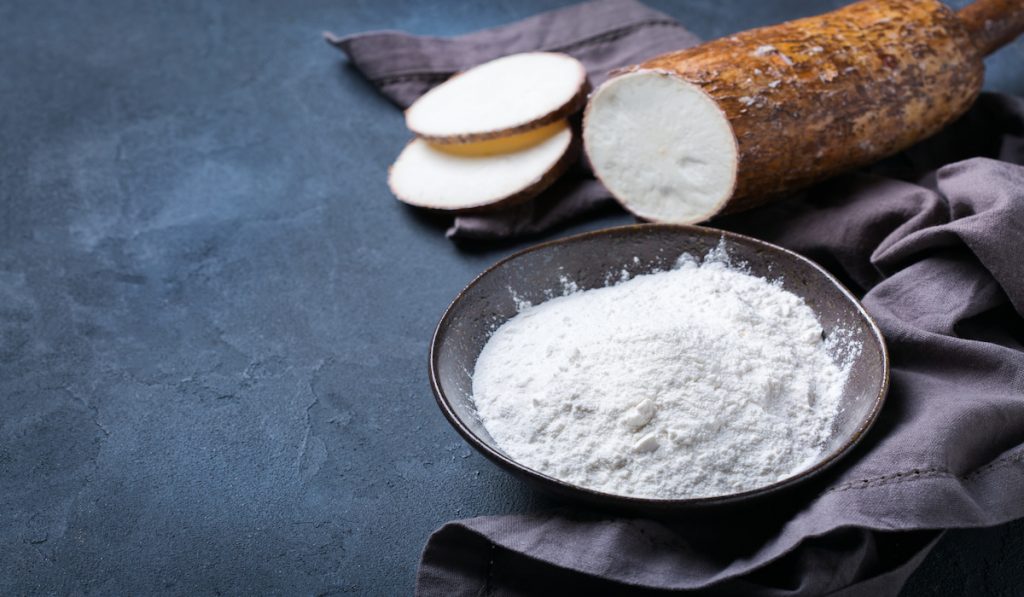
I promise you I am not trying to mess with your head. While tapioca does come from the cassava root, cassava flour is a different thing altogether.
Tapioca is found in the extraction process of cassava roots, while cassava flour is the powdery result of the root vegetable after it has been finely ground.
This healthier alternative provides a bit more fiber and has more flexibility for denser options like crackers, tortillas, or even naan bread!
I have found this flour for as low as $3 online, but your search may vary as the price fluctuates a bit.
Coconut Flour
Finally, a paleo-friendly flour that has nothing to do with tapioca at all! This beautiful paleo staple is incredible for making delicious cakes, cookies, muffins, and other pastries that fall in line with the paleo diet.
You may need to really follow recipes carefully with this stuff, as it is more absorbent than other flours, which can lead to dry, crackly desserts.
This tasty tapioca substitute will sit somewhere between $4-$6 online, based on my own research.
Almond Flour
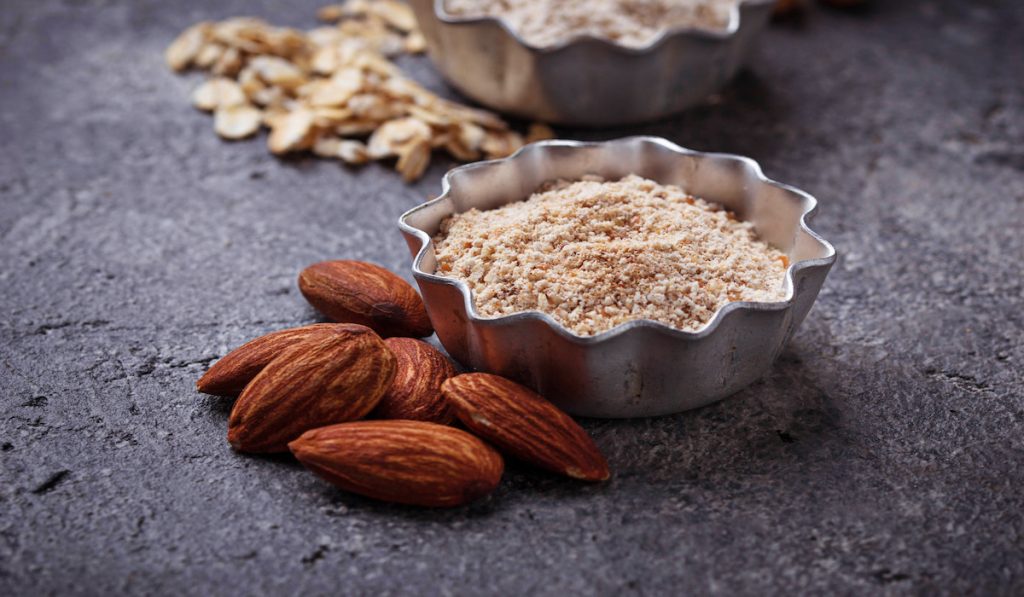
Seems like everywhere you look in the paleo diet, nuts, vegetables, and fruits are being twisted and turned into something else! Well, almond flour is no exception and is a very competent and delicious replacement for not only tapioca but regular flour as well!
The downside is that the calorie count of almond flour is staggeringly high, so even though it is paleo-approved, don’t get too comfy thinking it’s going to be light on the caloric load.
The cheapest almond flour you will find seems to be about $6, although you can also make it home with a food processor if you are feeling adventurous!
Conclusion
Tapioca is arguably OK for the paleo diet, depending on who you ask, though whether you should use it or not is certainly up for debate.
Thankfully, you have plenty of other options at your disposal that are just as good, if not better. So the next time you see a cassava shrub, uproot it and grind its foundation into a delightful culinary powder!

